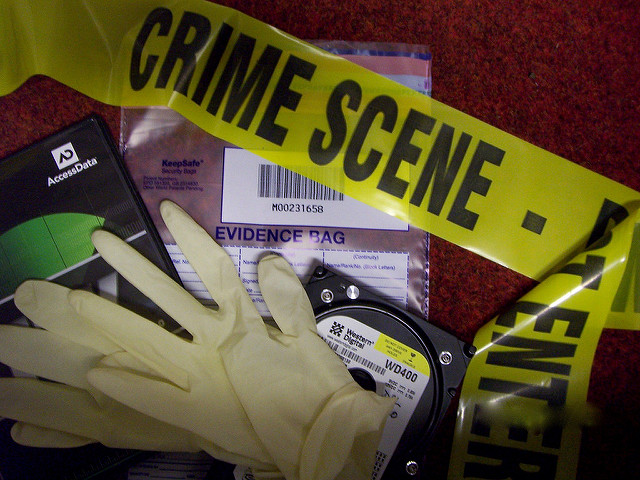When Bad DNA Tests Lead to False Convictions
By Kristen V. Brown,
Gizmodo
| 09. 25. 2017
If you’ve ever watched a prime-time crime drama like CSI, you know that DNA evidence is often the linchpin that makes a case. Match a suspect’s DNA to DNA found at the scene of a crime and it’s certain they’re the culprit. The thing is, it’s not always that simple. Most people think of DNA testing as a monolithic, infallible technique. But there are many different kinds of tests—and many different ways of interpreting them. Sometimes, somewhere between the process of collecting evidence at the scene and processing it in the lab, something goes awry.
For Chen Long-Qi, a bad DNA test derailed his life.
It was early in the morning on May 25th, 2009 and Chen was hanging out in a Taiwan warehouse he rented for work, drinking with friends. At around three in the morning, they were joined by two women. According to Chen and his lawyers, Chen left shortly after to pick up his wife from work, and sometime between 4 and 6 a.m., the two women were raped. While the victims had not accused Chen...
Related Articles
By staff, Japan Times | 12.04.2025
Japan plans to introduce a ban with penalties on implanting a genome-edited fertilized human egg into the womb of a human or another animal amid concerns over "designer babies."
A government expert panel broadly approved a proposal, including the ban...
By Katherine Long, Ben Foldy, and Lingling Wei, The Wall Street Journal | 12.13.2025
Inside a closed Los Angeles courtroom, something wasn’t right.
Clerks working for family court Judge Amy Pellman were reviewing routine surrogacy petitions when they spotted an unusual pattern: the same name, again and again.
A Chinese billionaire was seeking parental...
By Sarah A. Topol, The New York Times Magazine | 12.14.2025
The women in House 3 rarely had a chance to speak to the women in House 5, but when they did, the things they heard scared them. They didn’t actually know where House 5 was, only that it was huge...
By Frankie Fattorini, Pharmaceutical Technology | 12.02.2025
Próspera, a charter city on Roatán island in Honduras, hosts two biotechs working to combat ageing through gene therapy, as the organisation behind the city advertises its “flexible” regulatory jurisdiction to attract more developers.
In 2021, Minicircle set up a...




